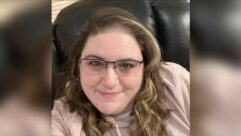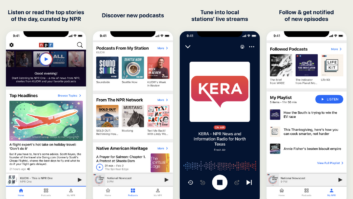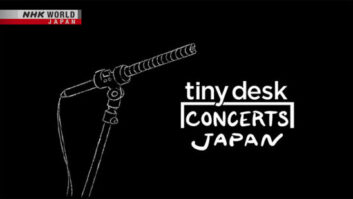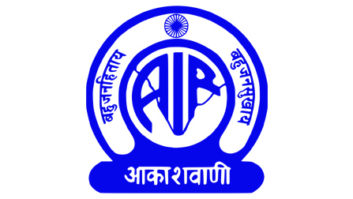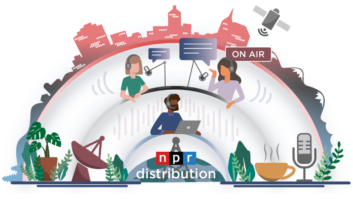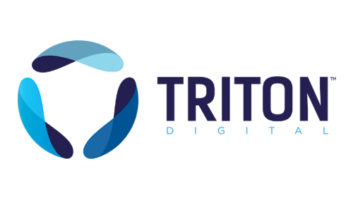
NPR Labs wasn’t able to take the summer off; they’ve been conducting a rigorous schedule of FM IBOC elevated power tests and are now processing the data to tabulate the results.
They’ve given a top-level overview of their findings to the National Radio Systems Committee and to their fellow non-commercial engineers at a meeting of the Association of Public Radio Engineers here in Philly on Tuesday.
In that meeting, which I attended, NPR Labs’ Mike Starling said, “This is all about determining the impact of FM IBOC at higher power levels, especially for closely-spaced stations.” He characterized the bits and pieces gleaned so far from the studies as leading to a “strawman of what might be a managed power level policy,” meaning an initial conclusion to be massaged by peers and industry advisors for a final recommendation to the FCC.
NPR Labs is crunching numbers to determine actual population impact assessment scenarios. Closely-spaced stations would be affected most by elevated power levels and the engineers are trying to determine the potential population that would be affected if specific adjacent stations were to go for a blanket digital power increase of 6 and 10 dB.
“We’re working towards a regulatory proposal that we hope will be a successful compromise on the power level vs. interference tradeoffs for public radio,” said Starling who characterized some of the results as “sobering.”
Based on the initial results of the listening tests, listeners noticed interference in the audio with nearly half of those surveyed indicating they would turn off the radio when the power was turned up to –14 dB and –10 db on lightly processed formats, such as news and classical music, in some portions of a coverage area, according to Dr. Ellyn Sheffield of NPR Labs and Towson University. The problems were noted on some formats and in some cases, within the 6 dB to 20 dB D/U ratio, inside the protected coverage contour.
While a public station advisory group meets at the end of this week to consider the results and advise NPR Labs on the next steps, issues they will be considering are how many public stations would be affected under each scenario and whether those stations are adjacent to a so-called likely “increase ready” Joint Party station (i.e., Clear Channel, CBS and Greater Media). Nearly 100 noncommercial public radio stations operate in the “nonreserved” section of the band — i.e., from 92.1 to 107.9 MHz. Interference resolution scenarios must be included in whatever the FCC approves, they believe.
The working group that helped to shape the test plan–including Greater Media, CBS, Clear Channel, Harris, iBiquity, CEA and others-as well as a peer review group made up mostly of public station engineers — will be able to have input into the reports that go to the FCC.
NPR Labs will present initial topline results at the elevated power session on Friday. It will be interesting to see what all the participants say in that session. I’ve heard from several engineers who believe the FCC will approve some sort of power increase, and that an increase of at least 6 dB, the compromise level proposed by iBiquity, is the minimum increase needed to match the analog coverage area and begin to solve receiver building penetration issues.




